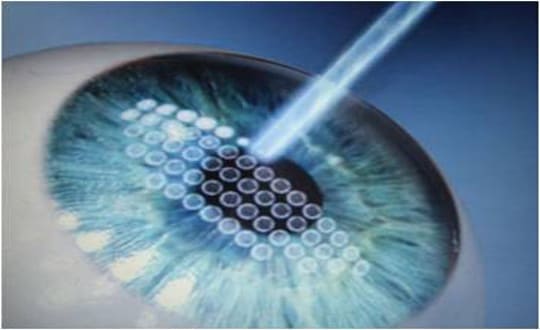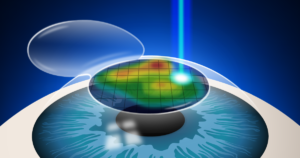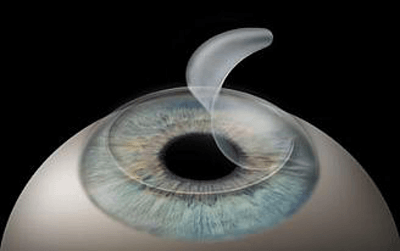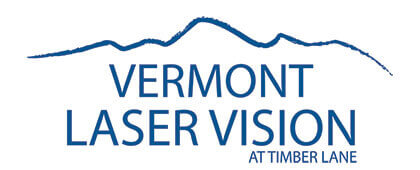LASIK and LASEK
LASIK (laser assisted in-situ keratomileusis) and LASEK (laser epithelial keratomileusis) are procedures performed by using a computerized Excimer laser to reshape the cornea to treat astigmatism, nearsightedness or farsightedness. Excimer lasers use pulses of light to remove a microscopic layer of the corneal “stroma” according to the prescribed treatment. The laser creates little or no heat, so it causes no harm to the surrounding tissue. Actual laser time depends on the strength of prescription, but on average lasts between 20-60 seconds. The same exact laser treatment is done in the corneal stroma whether Dr. McCormick uses the LASIK or the LASEK surgical technique.

The difference in the procedures is that in the case of LASIK, a precise Femtosecond Laser is used to create a thin flap in the corneal stroma. The corneal flap is then laid back, the Excimer laser treatment is applied within the stroma, then the flap is returned to its original position where it heals in place. By contrast, with the LASEK procedure, the Excimer laser treatment is applied to the surface of the corneal stroma so there is no need to create a LASIK flap. For patients with thinner corneas, higher prescriptions, significantly dry eyes, or corneas that are significantly steeper or flatter than average it may be safer to have LASEK. Since traumatic injury to the eye could disrupt a LASIK flap, patients who have an increased risk for injury (such as boxing) may be better suited for LASEK.
After LASIK and LASEK laser eye surgery, expectations for final results are similar as long term visual outcomes are equivalent. The visual recovery after LASIK is much faster with most patients able to drive and go back to work the day after surgery. By contrast, after LASEK, patients wear a special contact lens that acts as a bandage for approximately four to seven days after surgery. Patients also may experience discomfort in their eyes during the first two to three days after LASEK and generally do not feel comfortable returning to work for approximately five to seven days. For this reason, the majority of laser vision correction procedures at Vermont Laser Vision, as well as worldwide, are LASIK. However, if LASEK seems to be a safer choice in your case, Dr. McCormick will explain the reasons why. If you are a candidate for LASIK but are more comfortable with a procedure that does not require creating a corneal flap, you may want to consider LASEK.
Steps to the procedure:
Step 1
In LASIK surgery the first part of the procedure involves creation of a corneal flap (Step 1.) In LASEK laser eye surgery, the epithelium, or surface cells of the cornea, is removed with a 20% alcohol solution to expose the surface of the corneal stroma where the treatment is applied.

Step 2
The Excimer laser, already programmed to correct the degree of refraction, evaporates microscopic layers of tissue. This part of the procedure typically takes between 20-60 seconds per eye depending on the amount of treatment.

Step 3
In the case of LASIK, the flap is put back into its original place, and the eyes natural healing process begins immediately. No stitches are needed. In the case of LASEK there is no flap so the surface of the eye is covered with a bandage contact lens for comfort and to facilitate healing.


